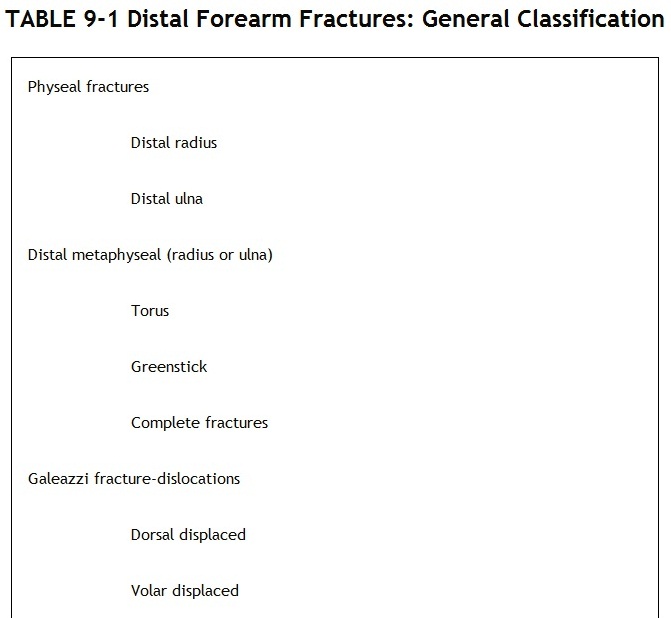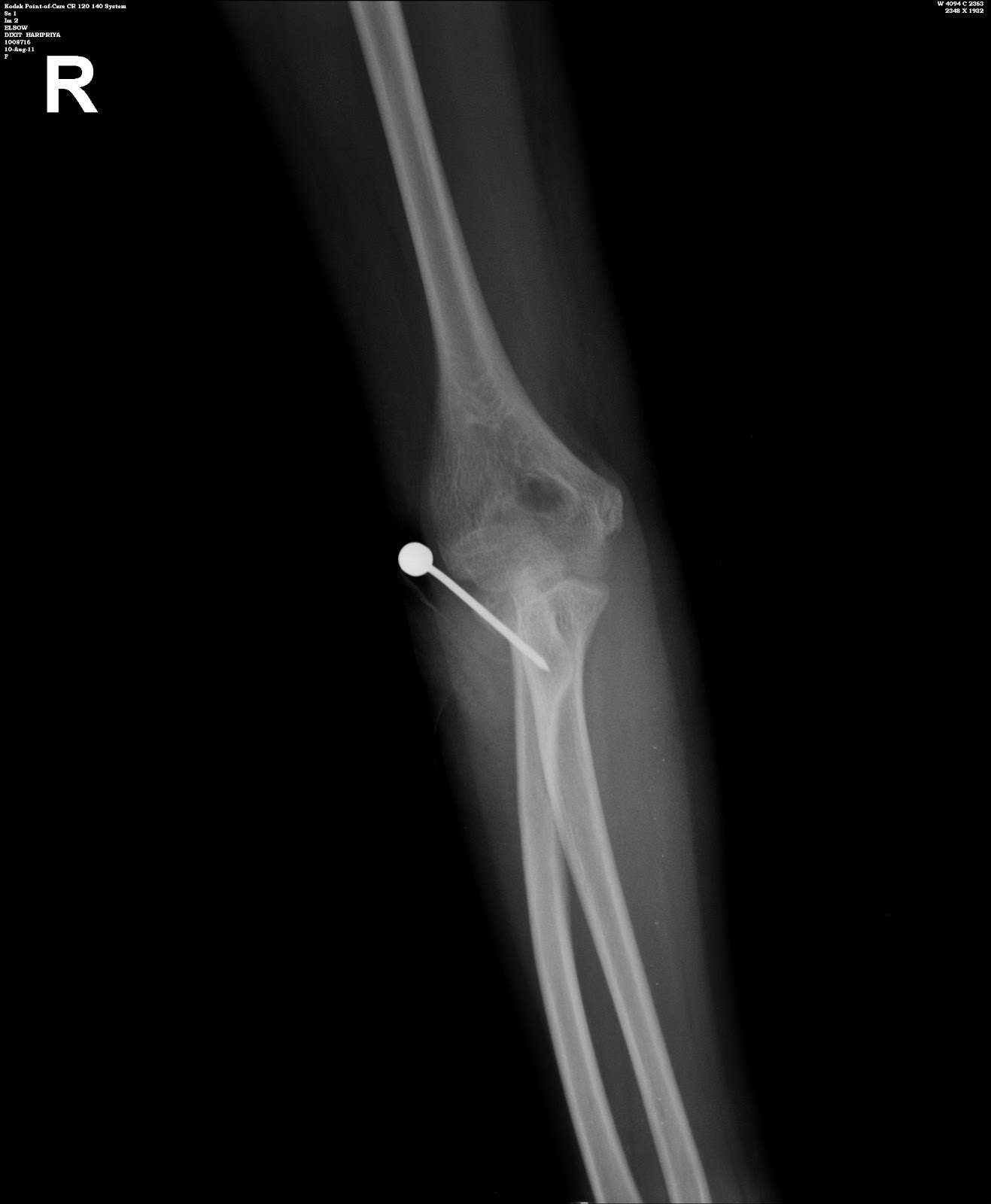

Closed treatment of radial head or neck fracture without manipulation. Procedure Codes for Radius CPT® Code Description 2021 Total RVUs 2021 Medicare National Average Payment 24665 Open treatment of radial head or neck fracture, includes internal fixation or radial head excision, when performed 19.5 Open treatment of radial shaft fracture, includes internal fixation, when performed 19. You might need ORIF for a fracture that occurs anywhere in your elbow joint, including the lower part of your humerus and the upper parts of your radius or ulna. Non- operative Management of Radial Head and Neck Fractures. Indications and accurate application techniques vary for each type of splint and cast commonly encountered in a primary care setting. Open treatment of radial head or neck fracture with or without internal fixation or radial head excision with radial head prosthetic replacement. 24500, Under Fracture and/or Dislocation Procedures on the.

Selection of a specific cast or splint varies based on the area of the body being treated, and on the acuity and stability of the injury. Shoulder and Elbow Coding - UW Faculty Web Server Olecranon Fracture ORIF 24685 eORIF WebbCPT. All patients who are placed in a splint or cast require careful monitoring to ensure proper recovery. Excessive immobilization from continuous use of a cast or splint can lead to chronic pain, joint stiffness, muscle atrophy, or more severe complications (e.g., complex regional pain syndrome). To maximize benefits while minimizing complications, the use of casts and splints is generally limited to the short term. Because of this, casts provide superior immobilization but are less forgiving, have higher complication rates, and are generally reserved for complex and/or definitive fracture management. I believe I should code for the perc pin of the radius as 25606, but not sure about the perc pin of the ulna. However, in the body of the note, it indicates there was a closed reduction and perc pinning of the radius, then only a perc pinning of the shaft of the ulna. This quality makes splints ideal for the management of a variety of acute musculoskeletal conditions in which swelling is anticipated, such as acute fractures or sprains, or for initial stabilization of reduced, displaced, or unstable fractures before orthopedic intervention. brose said: I have an operative note that states the above. Splints are noncircumferential immobilizers that accommodate swelling. After initial surgical treatment, 12.7 and 14.4 of radial head fractures that underwent ORIF required a secondary surgery at 1 and 2 years, respectively. Management of a wide variety of musculoskeletal conditions requires the use of a cast or splint.


 0 kommentar(er)
0 kommentar(er)
